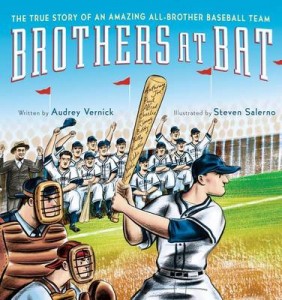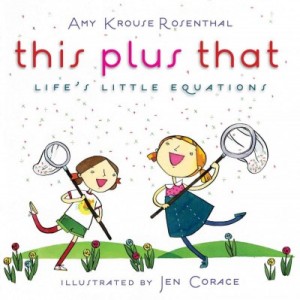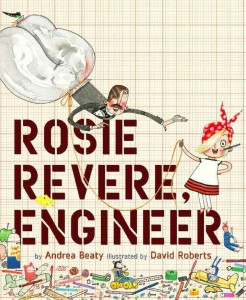 Go Out and Play! Favorite Outdoor Games from KaBOOM! is like a chocolate-covered peanut butter cup: it combines two good things to make something wonderful, and it is something I cannot resist.
Go Out and Play! Favorite Outdoor Games from KaBOOM! is like a chocolate-covered peanut butter cup: it combines two good things to make something wonderful, and it is something I cannot resist.
The peanut-butter-part: Go Out and Play! is a nonfiction book, so sharing it with your students hits that Range of Reading Common Core Standard. Use the the table of contents (nice informational text feature) to help you choose from the dozens of games listed. Use the key at the bottom of each page (another nice informational text feature) to see how many players you’ll need, the recommended age group, how large an area you’ll need, and what, if any, materials you’ll need. Each game has one short page of information explaining how it is played. To build informational reading comprehension, give each student or group of students a page from the book to read. Each group can teach the class how to play that game. (Key Ideas and Details? Check!)
The chocolate part: Go Out and Play! will make your students want to go out and play. So yes it’s an informational book for teaching reading skills, but it’s all about games and playing outside – woohoo! Physical Education teachers will want to keep a copy all to themselves, but get one for your classroom, too, so when your students (or you) need a brain break you can grab this book and play.
When I saw that the author of this book is “KaBOOM!”, I did a little research. “KaBOOM! is a national non-profit dedicated to saving play for America’s children. Our mission is to create great playspaces through the participation and leadership of communities. Ultimately, we envision a place to play within walking distance of every child in America.” Now I like the book even more.
So, choose a game from Go Out and Play! Read how to play the game to or with your students. Then (at the risk of sounding like my mother) go out and play!
For more information about KaBOOM! and its mission to encourage outdoor play, please visit: kaboom.org.



